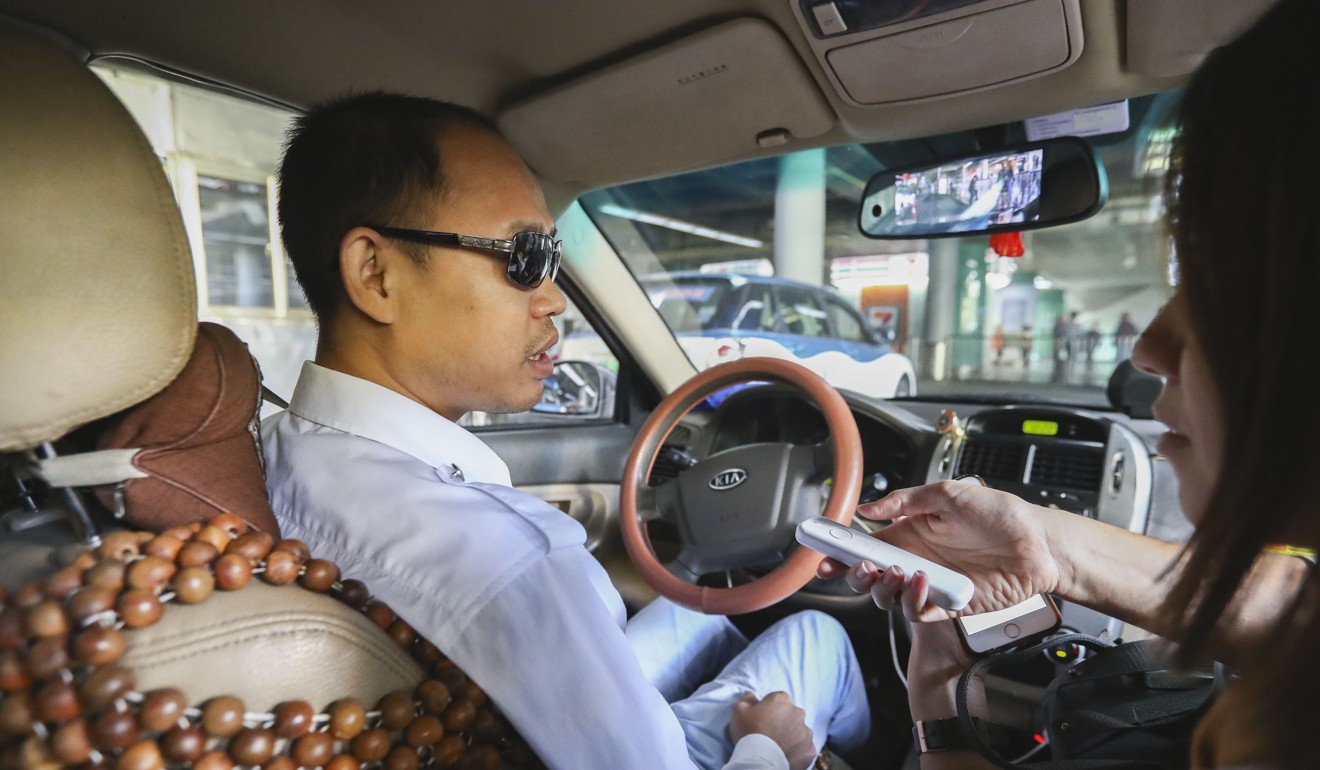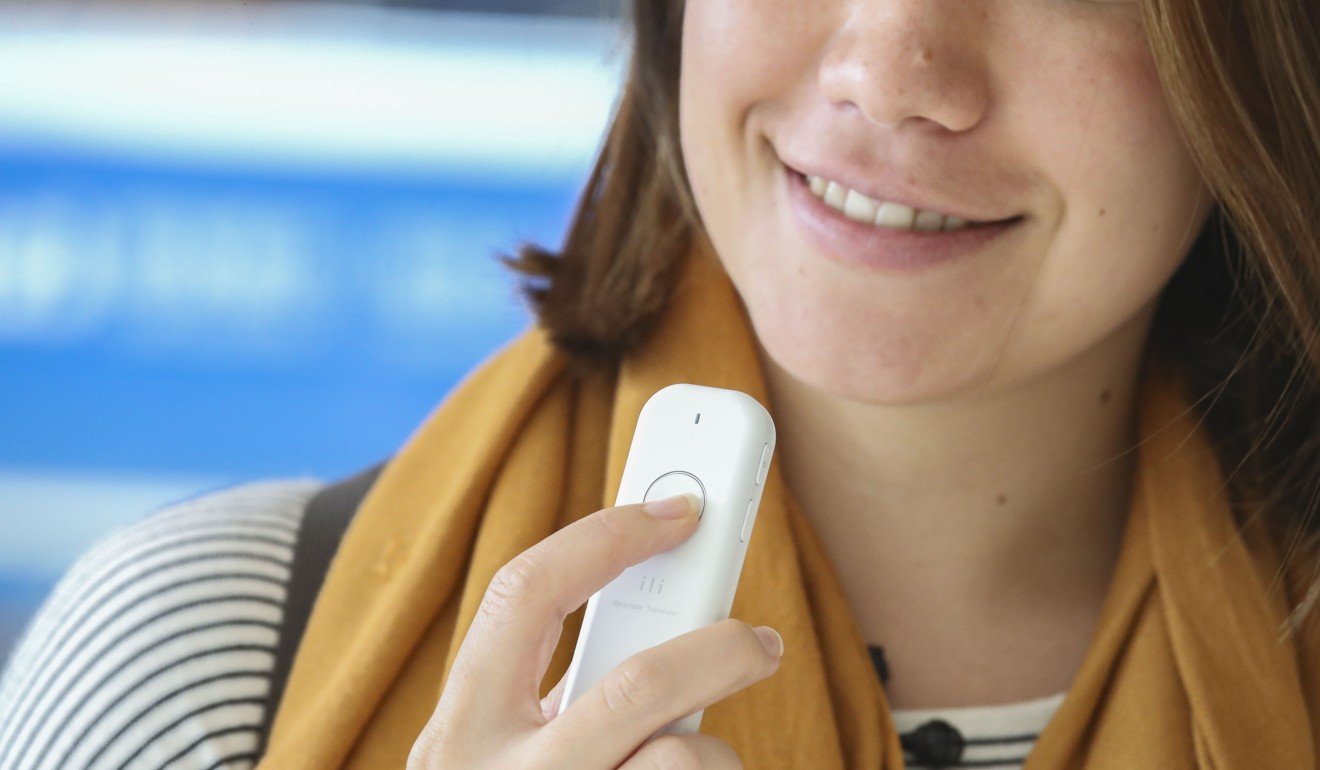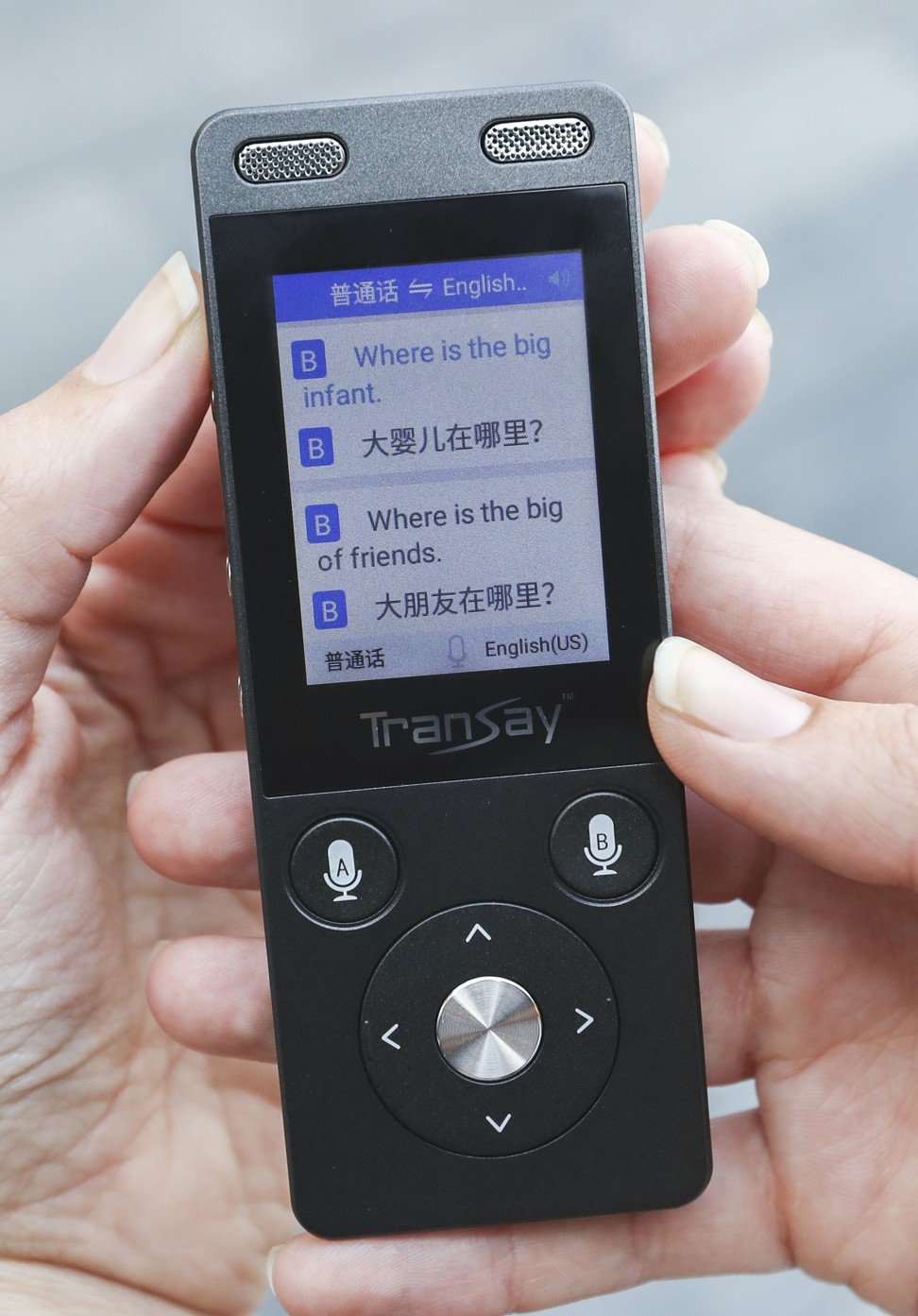Real-time wearable translators put to the test in China – how did they do?
We take the ili from Japan and Hong Kong’s Transay to the border city of Shenzhen to put them through their paces, catching a cab, ordering food, finding an art installation and other travel-related tasks

From the universal translator in Star Trek to C3PO in Star Wars, the ability to speak and understand all languages was once confined to the realms of science fiction. Well, no more.
Last year saw the launch of several real-time translators – from Japan’s ili and the Dutch-designed Travis to Google’s Pixel buds – that promise to break down language barriers and transform the travelling experience. But how do these devices fare in real life?
To find out, we went to Shenzhen, the Chinese city nearest Hong Kong, and put two such translation devices to the test: the ili and Hong Kong innovation Transay.
Developed by Logbar – inventor of the Ring Zero, the first gesture-control wearable cloud control device – the ili verbally translates short spoken English phrases into Mandarin. The Transay, launched last November, offers two-way translation and supports 28 languages and dialects, including Cantonese.
The ili has a sleek and intuitive design featuring three buttons: a power button, a large home button for recording and a small button on its side to repeat the sentence or switch to another output language. Even the least tech-savvy user could easily operate it without any help.
A defining feature of ili is that it does not require an internet connection, unlike other translation devices, including Transay, and mobile apps on smartphones. So there is no need to worry about it using up your mobile data – especially precious when you are travelling – or get the device an extra SIM card.

We wanted to head over to near the Shenzhen Centre Park. “Opportunity Santa Claus who needs a park,” said the mechanical female voice to the, by now, completely baffled taxi driver.
The ili is more accurate in common situations such as shopping. At a boutique, all phrases – is there a bigger size, do you have this jumper in other colours and is there a discount – came out perfectly and almost instantly. One tip is to keep your sentences short.
Our experience shows why the Japanese company emphasises that the device is designed for travellers and is not suitable for medical situations, emergencies or business negotiations. Its limited lexicon will only get you so far.
However, when the ili failed to recognise “Xinjiang”, the largest province in China, and “a restaurant that serves sheep” came out as “a restaurant on a ship”, we wondered if this wearable is as suitable for travelling as Logbar claims.

Transay, on the other hand, offers two-way translation, though it feels more chunky and less easy to use than the minimalist ili.
As well as having audio output, the device has a screen that displays the original sentence as it has heard it, and the translation, in text. This simple feature turns out to be extremely helpful, as it shows you whether the device is detecting the right words as you speak.
This ad for the ili was criticised in some quarters – and it’s not hard to see why
Our first test for this device is to find Bubblecoat Elephant, a huge art installation by Dutch artist Florentijn Hofman, at a shopping mall named MixC World. On our first attempt, “where is the big elephant” was registered as “where is the big infant”. But the screen display saved us from the fiasco of asking people where we can find a gigantic baby (whereas with ili, we would not have known that the translation was totally wrong).
Using this feature we were able to complete the rest of the tasks we set ourselves to test Transay with relative ease: to ask someone take a photo of us in front of the elephant, to speak to locals about how they celebrate Christmas and to purchase tea with cream cheese.

Transay also has its limitations. We encountered an elderly woman who spoke with an accent. The difference in intonation would not prevent Mandarin speakers from understanding her, but the device could understand nothing of what she said – proof that translation devices, as good as they are now, are still no match for a human translator.
Another factor to take into account when using such devices is people’s willingness (or reluctance, for that matter) to pause and answer your queries. On the bustling streets of Shenzhen’s Lo Wu district, the translation devices act almost as a weapon – point it at a passer-by and they run away. Even the simplest queries often require several attempts, testing our patience.
So while pocket translation devices can come in handy when travelling in a foreign country, bear in mind that the technology is still being refined. It seems we are still a long way away from the Babel fish.
Additional reporting by Alkira Reinfrank
The ili is available for pre-order at an official price of US$249, but can be rented at Japanese airports or from travel websites for about HK$60 (US$7.70) per day. There are currently only three output languages – it translates English to Japanese, Mandarin and Spanish – but the company is planning to introduce others such as French, Thai, Korean, Italian and Arabic.
Transay costs US$280.